- General
- December 16, 2018
- 14 minutes read
The Rise of Sebastian Thrun, From Google To Udacity to Kitty Hawk
Kitty Hawk CEO Sebastian Thrun image : Photo by Steve Jennings/Getty Images for TechCrunch At the (2005) DARPA Grand Challenge, the…
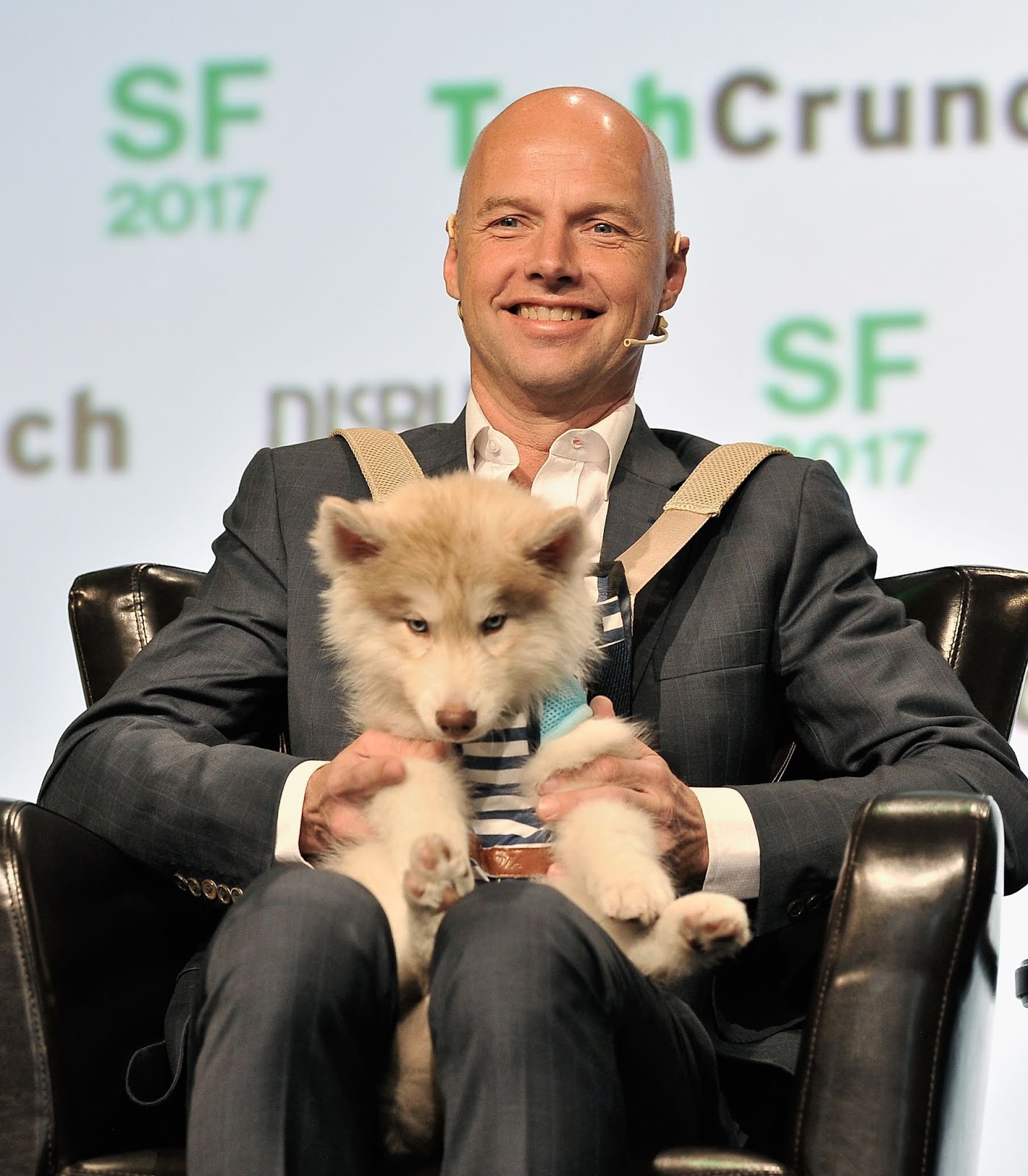 |
| Kitty Hawk CEO Sebastian Thrun
image : Photo by Steve Jennings/Getty Images for TechCrunch
|
At the (2005) DARPA Grand Challenge, the renowned racing event for American autonomous vehicles, Stanford professor Sebastian Thrun led the development of its self-driving vehicle Stanley which took home the prize and has been placed on exhibit in the Smithsonian Institution’s National Museum of American History.
Thrun also led the development of Junior which emerged second at the 2007 DARPA Grand Challenge, Think that’s enough? He also led the development of the Google self-driving car. It’s obvious, Thrun is an expert in this field. He was elected into the National Academy of Engineering and also into the Academy of Sciences Leopoldina in 2007. Fast Company selected him as the fifth most creative person in the business world. Thrun has many achievements to his name.
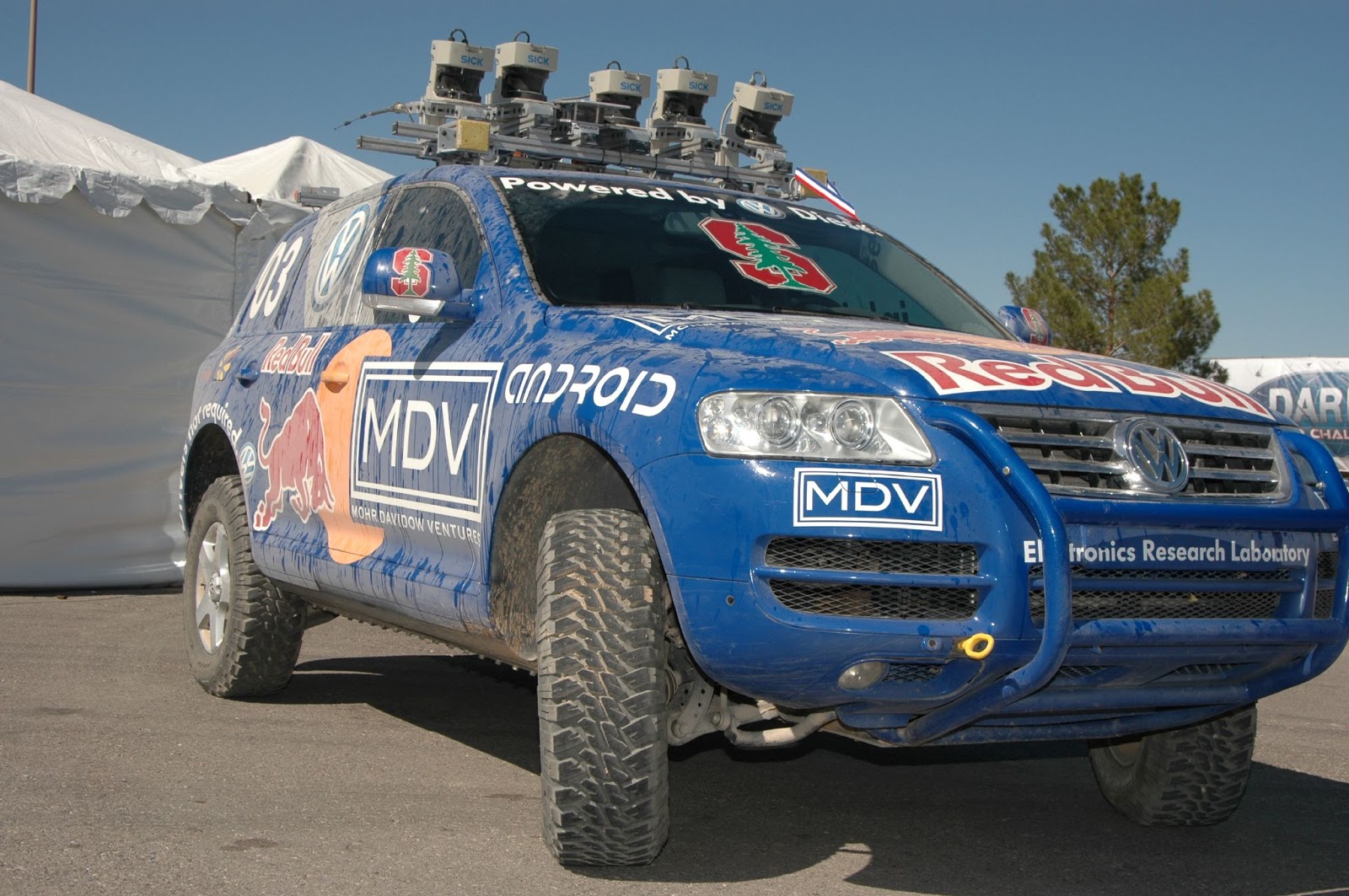 |
| The ‘Stanley’ autonomous vehicle developed by the Stanford team in 2005
image : Tom on Flickr
|
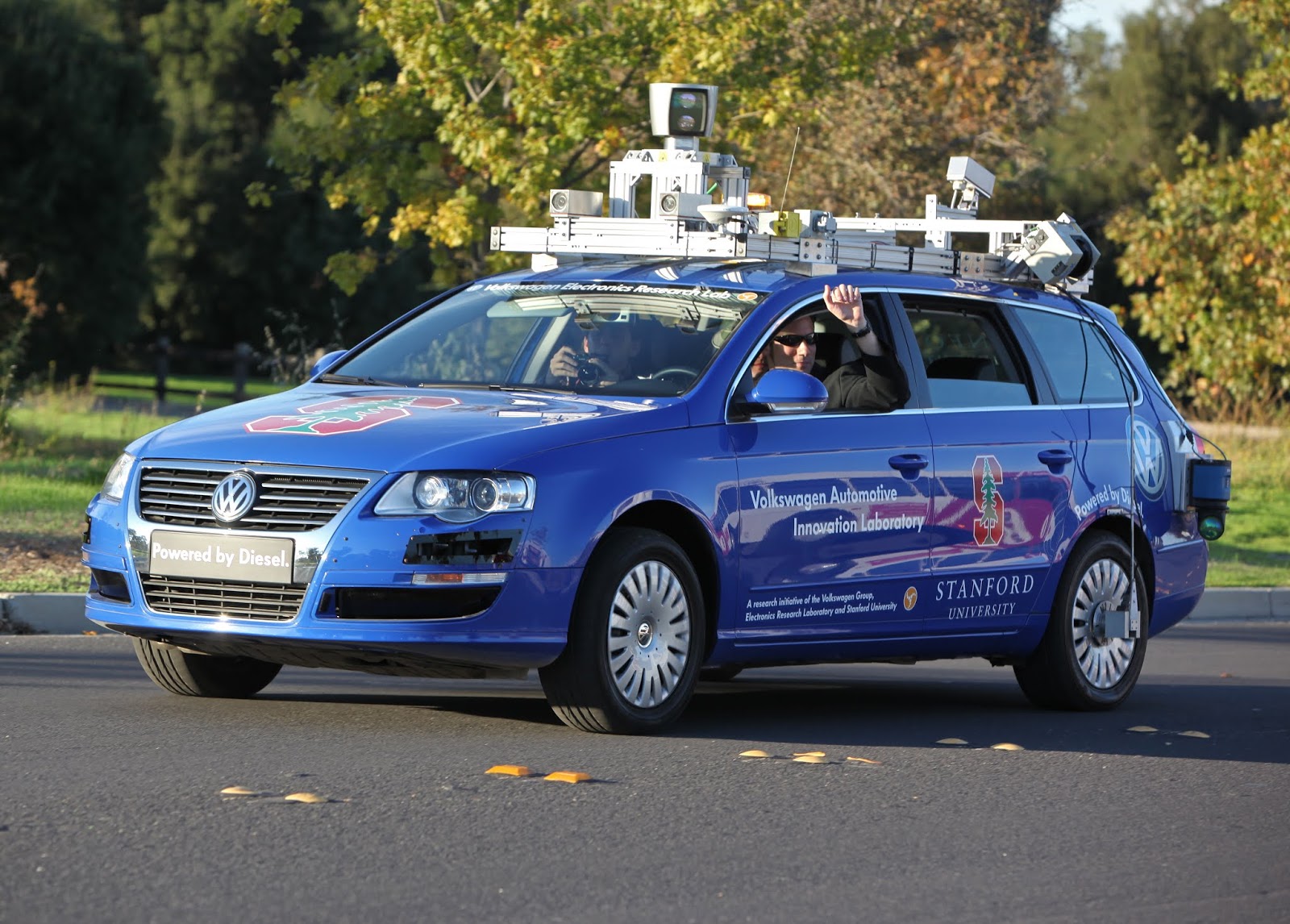 |
| The ‘Junior’ autonomous vehicle developed by the Stanford team in 2007
image : Steve Jurvetson on Flickr
|
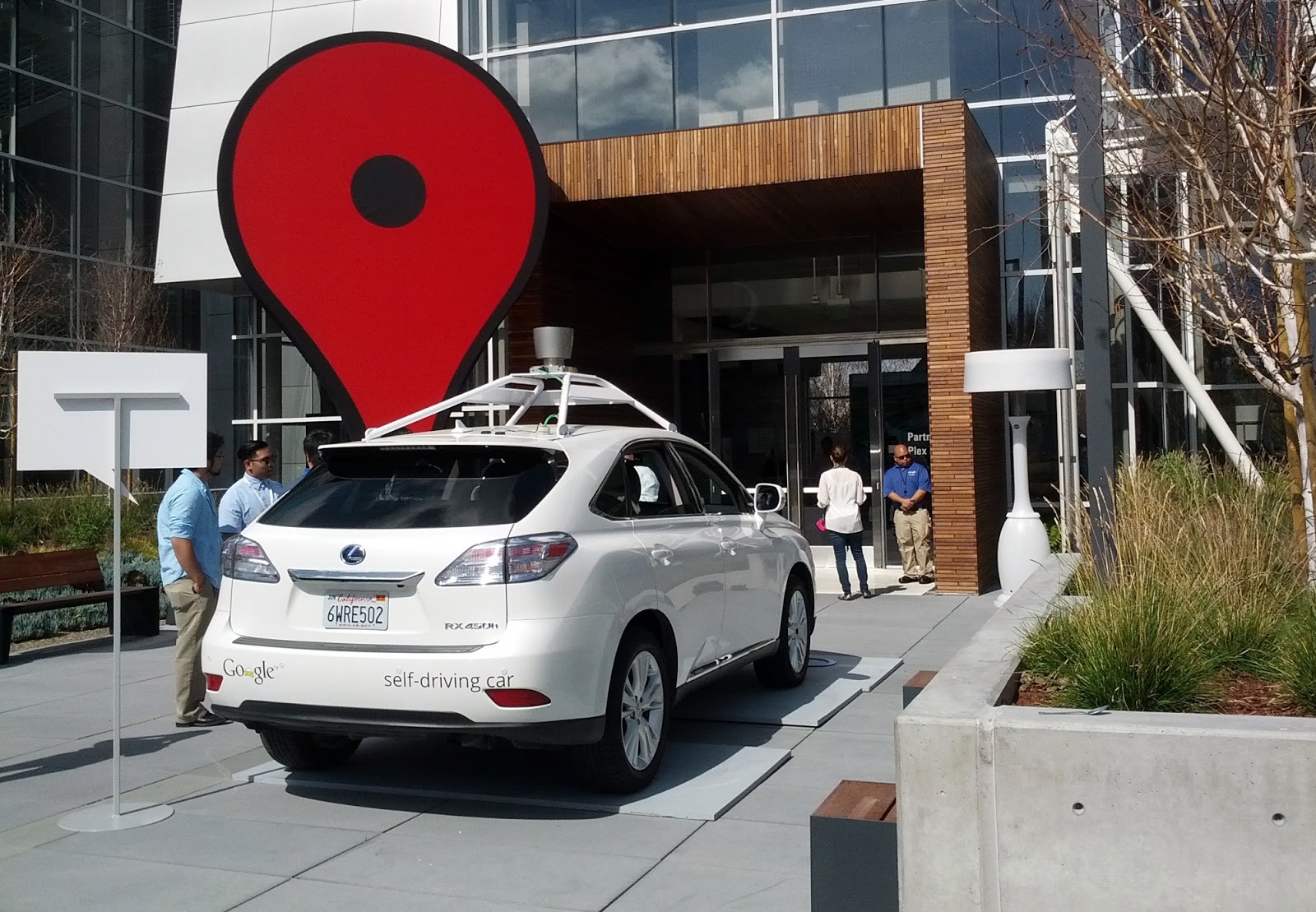 |
| The Google self-driving car, The company’s first autonomous vehicle prototype
image : Travis Wise on Flickr
|
He kicked off his career at the Carnegie Mellon University computer science department where he joined as a research computer scientist in 1995. Three years later, he became assistant professor and co-director of the university’s Robot Learning Laboratory. Thrun spent a leave year in 2001 at Stanford University and headed back to CMU till he left in 2003 to take up a full-time position at Stanford.
He joined as an associate professor and was appointed director of the Stanford Artificial Intelligence Laboratory in 2004, 7 years later, he then joined Google some time after this where he founded Google X, Its semi-secret research and development facility. History then kicked off.
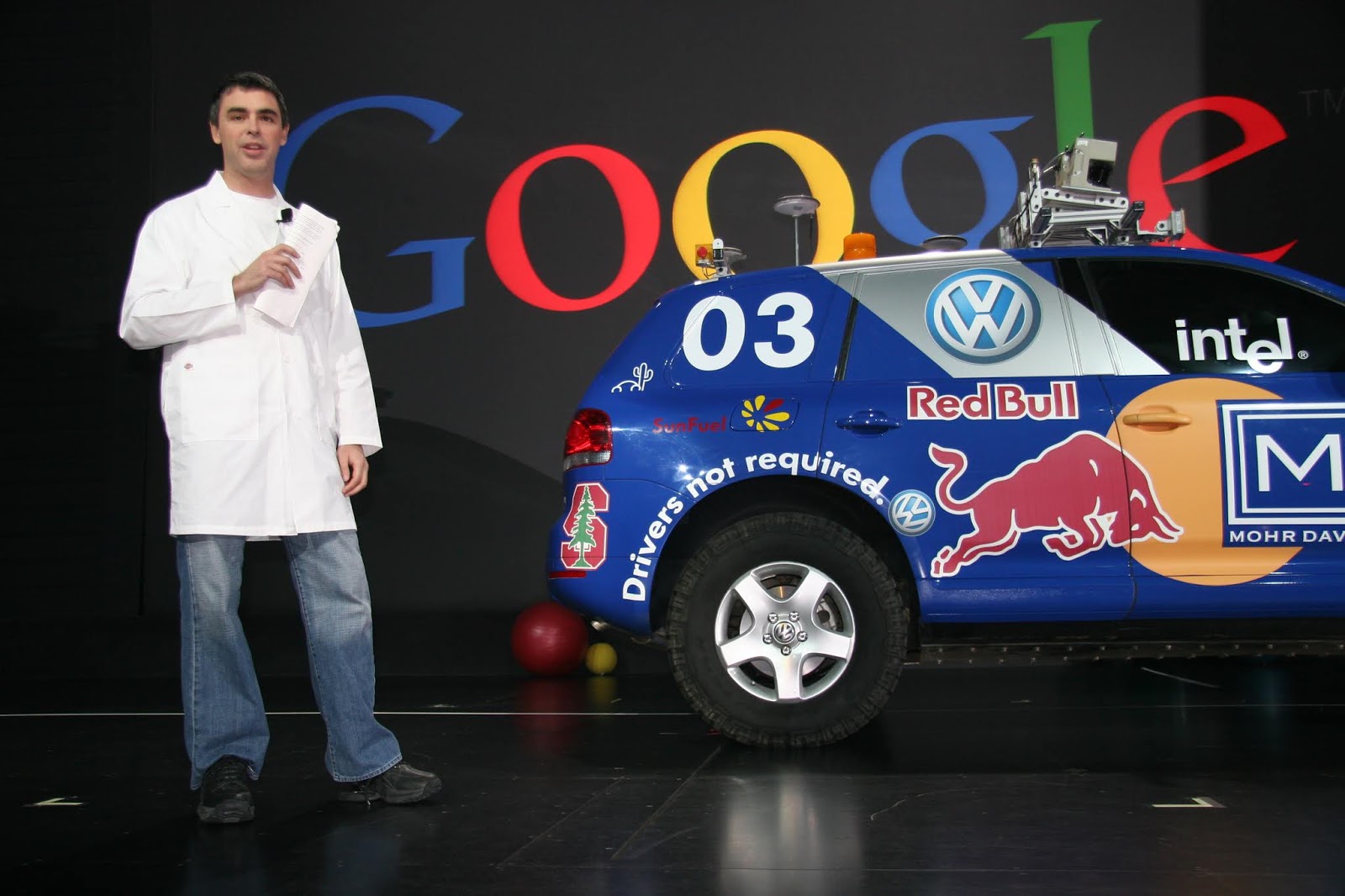 |
| A younger Google co-founder Larry Page stands beside the ‘Stanley’ autonomous vehicle developed by a team lead by Thrun
image : Herkko Hietanen on Flickr
|
At Google, he led the development of its self-driving vehicle program, scaling a team from 15 to a high number building what has today become self-driving industry leader Waymo. As of then, a self-driving project was an example of Google’s willingness to make bets on technology that may not pay off for years, As of now, the use of autonomous vehicles hasn’t become widespread but with Waymo at the top, it stands to own a large market share when the industry becomes more mature and integrates into everyday use. Just when is that? No one can really tell.
With Google’s self-driving team maturing, Thrun took on another project, Udacity – an outgrowth of free computer science classes offered in 2011 through Stanford University – Udacity offers online training on professional skills ranging from autonomous vehicle development to cyber-security, virtual reality, data science, predictive analytics for business, machine learning and even flying car development.
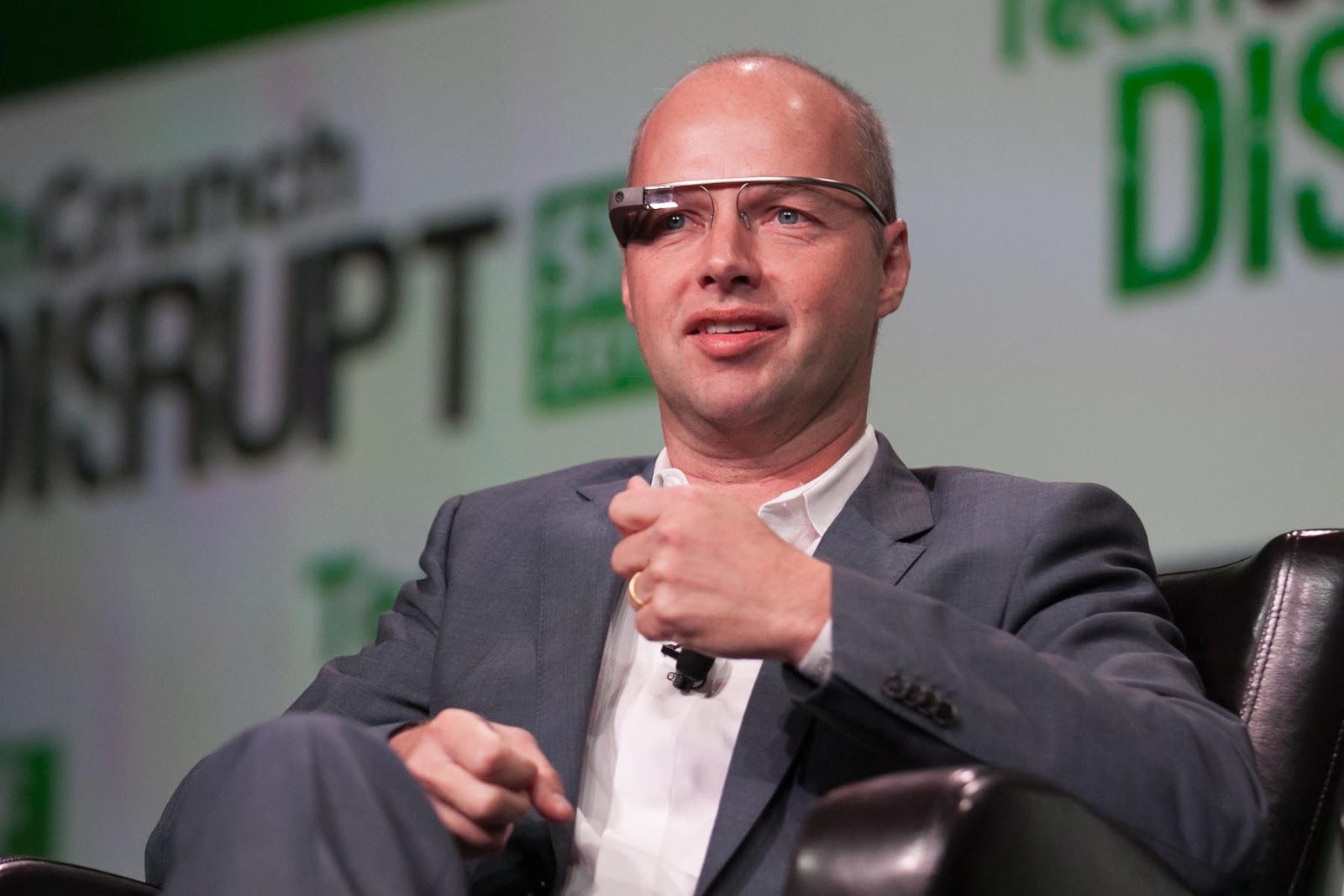 |
| Sebastian Thrun wears a Google Glass, a product developed by Google X which he founded while at the company
image : JD Lasica on Flickr
|
It builds programs in partnerships with companies including Amazon, Mercedes-Benz, Didi Chuxing, IBM, Nvidia and Google. As of current, its departments include schools of artificial intelligence, data science, programming, autonomous systems and business. It offers Nanodegrees for students who pay a fee to complete courses on its platform.
According to Thrun, the company derives it name from a desire to be “audacious for you, the student”, It initially focused on university-style courses but has moved onto vocational courses for professionals. April 2016, Thrun stepped down as CEO of Udacity heading on to flying car developer Kitty Hawk where he currently serves as CEO.
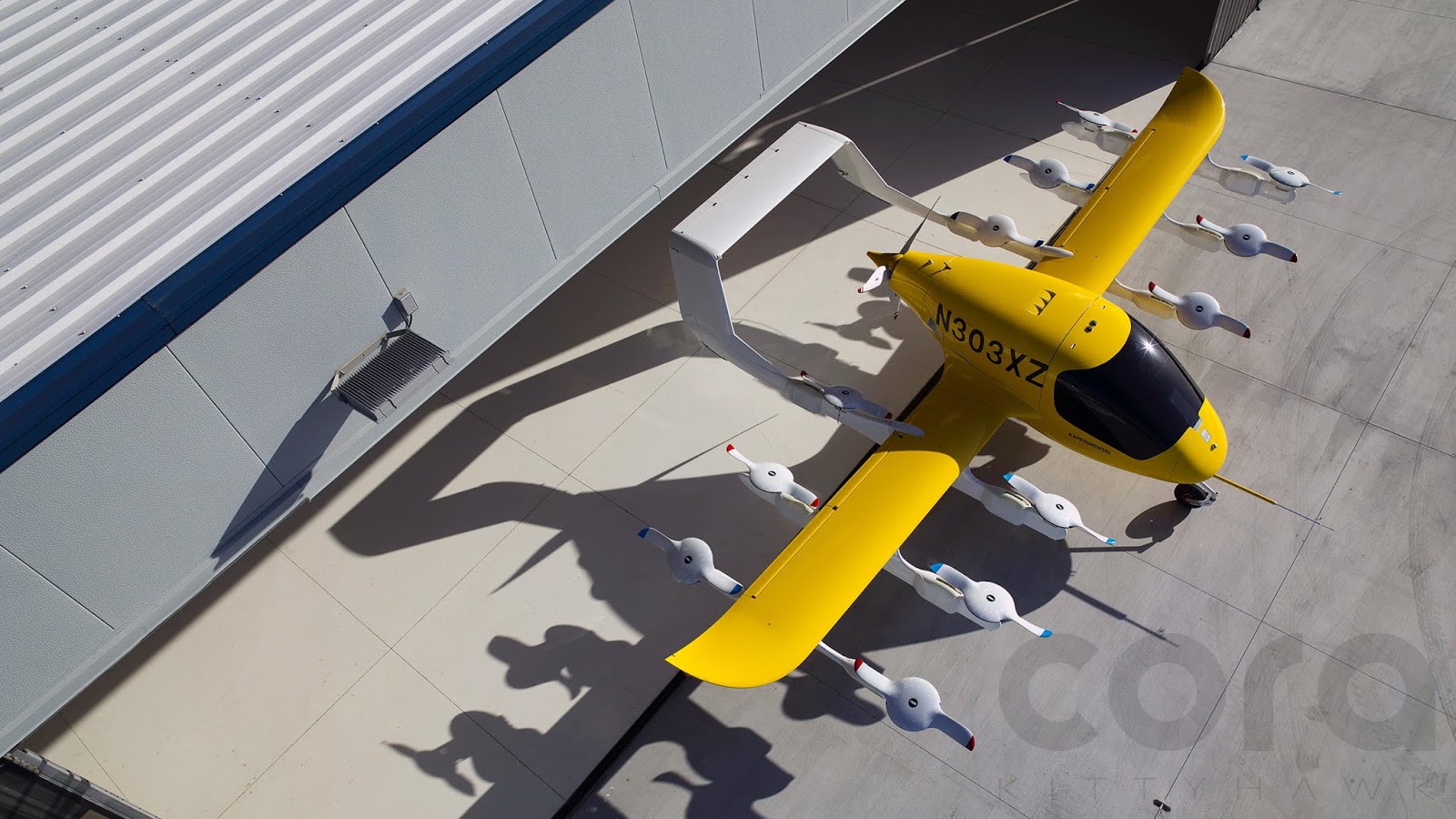 |
| Cora, an all-electric air taxi made by the Kitty Hawk Corporation
image : Kitty Hawk
|
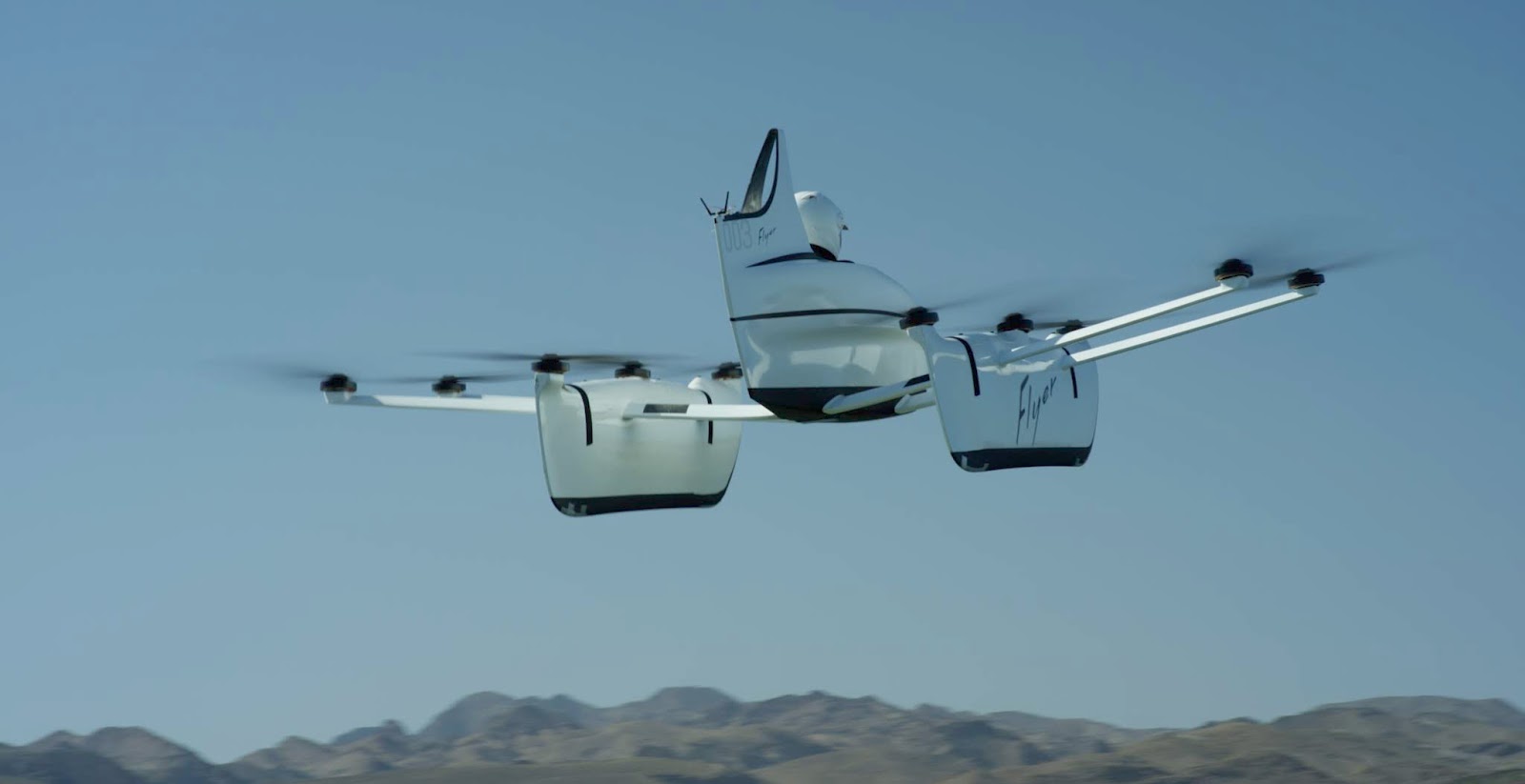 |
| Flyer, another all-electric flying vehicle developed by the Kitty Hawk Corporation
image : Kitty Hawk
|
The name of the company comes from the beaches of Kitty Hawk, North Carolina where the Wright brothers took flight for the first time in 1903, Its leadership include CEO Sebastian Thrun, COO Deanna White who previously led private jet company Flexjet, former Twitter SVP of Engineering Alex Roetter and Fred Reid, the CEO of Zephyr Airworks, Kitty Hawk’s operator in New Zealand.
Kitty Hawk is backed by Google co-founder Larry Page and has also received funding from the Defense Innovation Unit Experimental (DIUX) along with aerospace company Joby Aviation. Another question pops up now, when do we get flying cars? We still can’t tell yet, But the future holds many surprises.






